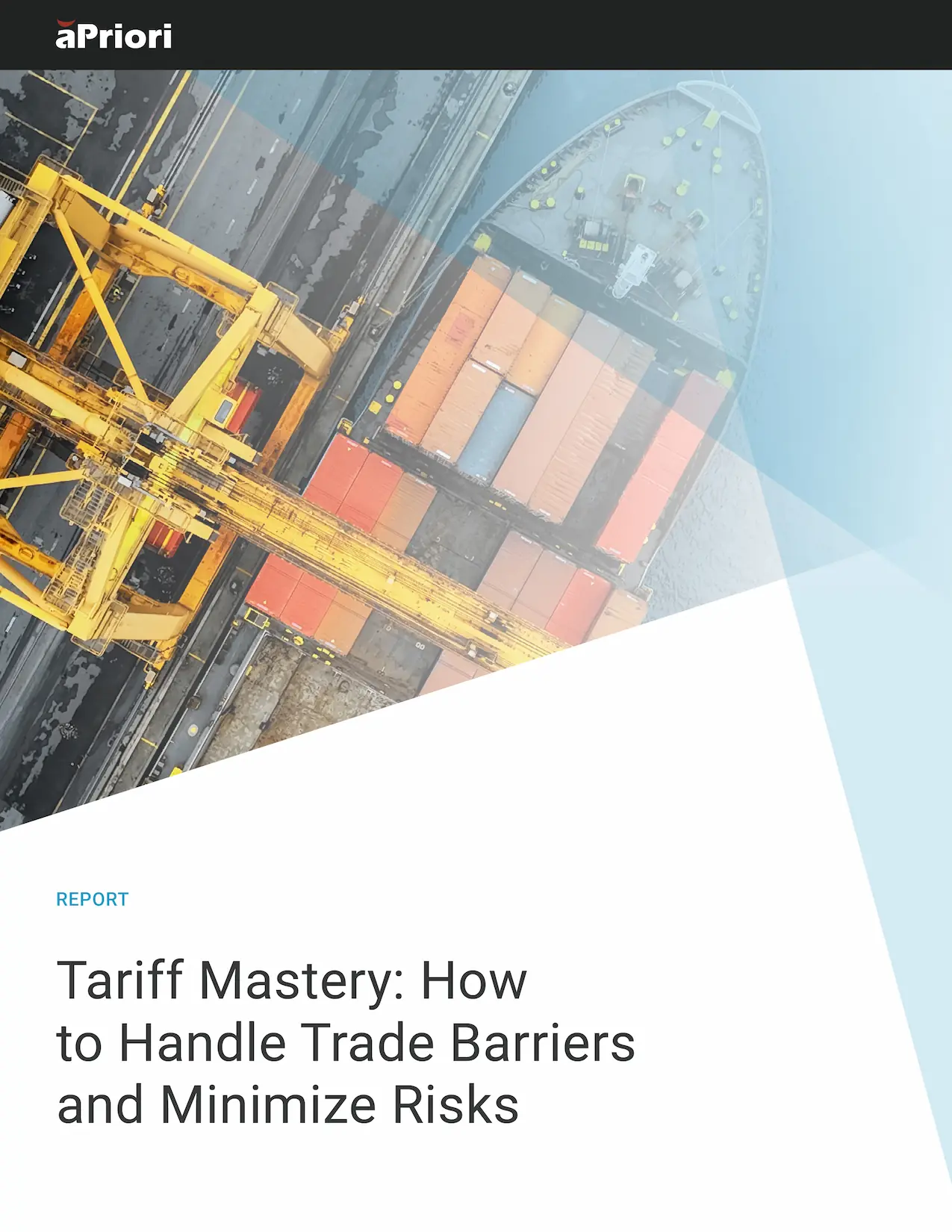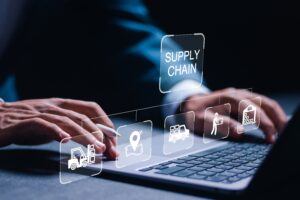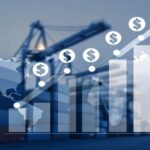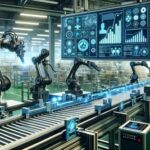Beyond Turbulence: Key Lessons from ASCM CHAINge NA 2025 To Improve Supply Chain Performance
Key Takeaways:
- Tariffs are permanent, not temporary. Supply chain performance must shift from reactive responses to predictive strategies with multiple contingency plans.
- AI adoption without fundamentals fails. With 95% of AI projects falling short, success requires critical thinking, training, and embedding solutions into workflows.
- Resilience and sustainability converge. Digital twins, circularity, and standardized digital insights are now essential tools for agility and long-term competitiveness.
The Full Article
Global supply chains sit at the intersection of disruption and opportunity. The conversations at ASCM CHAINge NA 2025 made one thing clear: tariffs, turbulence, sustainability, circularity, and AI are not isolated trends. They are interconnected forces reshaping the very fabric of how supply chains create value.
The challenge for leaders is no longer whether to adopt new technologies, but how to deploy them effectively, embed them into business models, and turn them into greater supply chain performance and a lasting competitive advantage.
Tariffs: A Pendulum That Won’t Swing Back to Zero
During a panel discussion, Former U.S. Commerce Secretary Gina Raimondo reminded the audience of a reality many would prefer to ignore: tariffs are not going away.
The pendulum may swing—sometimes more disruptive, sometimes less—but trade restrictions will remain a persistent factor in global commerce. For supply chain leaders, this means shifting from a reactive mindset to a predictive one.
Success will increasingly depend on having not only a Plan A, B, and C—but also D, E, F, and G. Resilience requires visibility, scenario planning, and digital tools that allow leaders to anticipate disruption before it strikes.
This perspective ties directly to aPriori’s approach: by simulating what-if scenarios impacting cost, manufacturability, and carbon early, organizations can quantify tariff and trade impacts and make strategic decisions earlier rather than scrambling to respond after the fact.
The Trade-Off Equation: Build, Adopt, or Partner?
A recurring discussion throughout the event centered on technology adoption trade-offs:
- Building in-house (DIY): While attractive for control and customization, Do-It-Yourself (DIY) tools demand continuous upkeep. Many organizations have found themselves relying on fragile systems that deliver flawed outcomes—like teams depending on a broken Excel model with costly results.
- Adopting AI/ML: Layering in AI or machine learning can reduce some maintenance, but it is not maintenance-free. Companies must still validate inputs, ensure data relevance, and continuously monitor accuracy.
- Partnering with third parties: Robust, standardized solutions offer established frameworks and vendor accountability. Rather than fighting to maintain homegrown systems, organizations can challenge vendors to deliver innovation and scale impact.
These decisions are consequential. Research shows that 80% of digital transformations fail, most often due to inadequate training and limited understanding of the technologies being implemented. More starkly, a recent MIT study found that 95% of AI projects fail (source).
The conclusion: technology alone does not solve problems. Success hinges on investing in the fundamentals, building critical thinking skills, and embedding solutions into workflows in ways that scale.
AI, Agentic AI, and the Human Factor
Artificial intelligence dominated the conversation, but with an important nuance: AI is not a substitute for human expertise.
Agentic AI—designed to automate repetitive, non-value-added tasks—has the potential to dramatically increase capacity. Yet, without a workforce that understands AI’s foundations and applies critical thinking to outputs, organizations risk misinterpretation and misuse.
As one panelist noted: “There is a powerful ignorance in using ChatGPT if you don’t understand what to look for in the results.”
AI is best viewed not as a standalone solution but as an amplifier of human intelligence—freeing supply chain leaders to focus on strategy, negotiations, and resilience.
Circularity and Digital Resilience
Sustainability and circularity are steadily moving from aspiration to strategy. Organizations are beginning to treat circularity as a business model, requiring redesigns of products, processes, and supply chains.
Digital twins emerged as a critical enabler—allowing companies to simulate products, processes, and supply chains before they exist physically, measure impact, and build resilience into supply chains from the start.
This mirrors how aPriori’s digital manufacturing insights embed cost, manufacturability, and carbon analysis directly into product development. By simulating trade-offs early, companies can balance profitability, sustainability, and resilience in real time.
ASCM’s Top 10 Supply Chain Trends for 2026
ASCM released its Top 10 Supply Chain Trends for 2026, which reflect this convergence of turbulence, technology, and transformation:
- AI-driven decision-making
- Trade policies & global dynamics
- Automation with robotics and AI
- Agility & resilience
- Workflow evolution through upskilling
- Visibility & traceability
- Cybersecurity
- Cost optimization (a new entry for 2026)
- Agile sourcing
- Climate and circularity
These trends reinforce the growing need for end-to-end visibility, agility, and sustainable design—areas where digital manufacturing insights are no longer optional, but essential.
Case in Point: Signify’s Digital Transformation
At the event, I had the opportunity to join our customer Signify, the world leader in lighting, to share a real-world case study on procurement transformation.
When Signify’s procurement team outgrew its existing processes in a moment of profound technological change, they embraced digital should costing analysis of its mechanical components with aPriori. In 2023, it launched a program called SCAN (Should cost, Analyze, Negotiate) aimed at democratizing analysis across the business.
SCAN isn’t just a cost tool. It represents a cultural and strategic shift:
- Profitability as a shared responsibility. Not confined to procurement, but embraced across Engineering, R&D, and Supply Chain.
- Supplier relationships as collaborations. Negotiations grounded in transparency and real cost drivers rather than positional bargaining.
- Predictive procurement at scale. Moving beyond tactical savings to shaping how the company competes and creates long-term value.
The results? Faster supplier negotiations, significant cost savings, and stronger resilience in the face of market volatility. As tariffs, commodity pricing, and geopolitical uncertainty continue to reshape the landscape, Signify’s SCAN program provides a playbook for how organizations can act decisively with data rather than reactively with guesswork.
Moving Forward
The ASCM CHAINge NA event underscored that supply chain leaders must embrace transformation with both urgency and discipline.
- AI and agentic AI can unlock capacity, but only when paired with human critical thinking.
- Tariffs will remain a constant, demanding predictive strategies and multi-scenario planning.
- Circularity is becoming a competitive differentiator, not just a compliance requirement.
- Digital twins and standardized solutions are vital for building resilience.
- Predictive procurement is the future. Programs like Signify’s SCAN prove that scaling fact-based, cross-functional insights can unlock both profitability and resilience.
Above all: success belongs to the organizations that embed digital capabilities into decision-making—at scale.
At aPriori, we see these lessons play out daily. Whether accelerating time-to-market, embedding sustainability, or strengthening supplier negotiations, digital manufacturing insights are becoming the foundation of competitive advantage in a turbulent world.
If you’re asking how your organization can balance profitability, sustainability, and resilience while navigating global uncertainty, it’s time to reimagine how digital insights power your supply chain performance.
Tariff Concerns? We’ve Got Solutions.
Our guide provides you with those answers and offers practical, proactive strategies to deal with them








